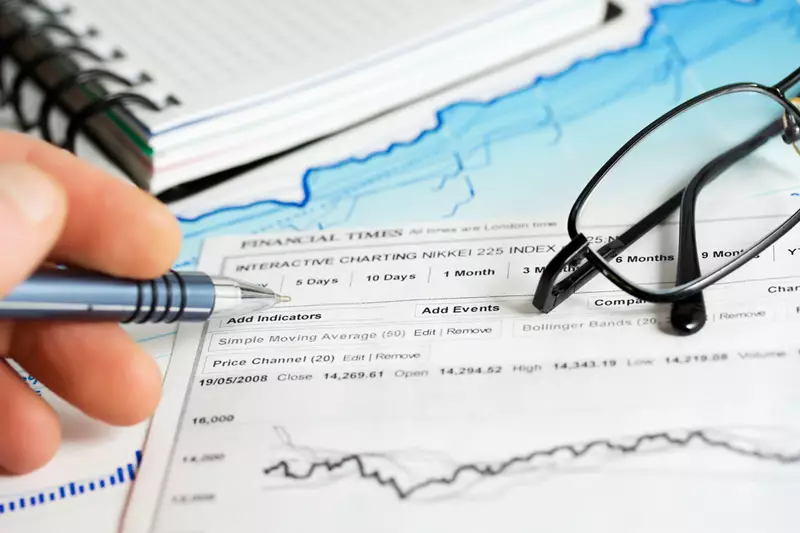On January 6, 2023, Canadian Prime Minister Justin Trudeau declared his intention to resign from leadership of the Liberal Party, initiating a series of political shifts within the country’s governance framework. This announcement signals not only a significant transition within one of Canada’s major political parties but also sets the stage for the eventual elevation of a new prime minister. The timing of this change aligns with an ongoing Liberal Party leadership contest that is poised to reshape the party’s direction ahead of the upcoming federal election scheduled no later than October 20, 2025.
The Liberal Party is currently faced with the urgent task of selecting Trudeau’s successor. Candidates such as former Finance Minister Chrystia Freeland and Mark Carney, who has held leadership roles at both the Bank of Canada and the Bank of England, are being considered as potential leaders. Their diverse backgrounds and experience could bring fresh perspectives to a party seeking to reconnect with voters amid rising discontent. In a calculated move, Trudeau has also postponed the Parliament’s reconvening—initially set for January 27—until March 24, to accommodate the leadership process, which has evolved into a focal point of Canadian politics.
Recent polling data indicates a troubling scenario for the Liberal Party. As per the CBC News poll tracker, the Conservative Party, led by Pierre Poilievre, currently enjoys a decisive 24-percentage point lead over the Liberals. If these trends continue, the Conservative Party is well-positioned to secure a majority in the House of Commons, fundamentally altering the Canadian political landscape. The upcoming 2025 election will be critical, not just for the Liberal Party, but for the governing philosophy that could emerge in Canada, reflecting either Liberal values or Conservative priorities.
According to insights from the Bank of America, a shift in power from the Liberals to the Conservatives could lead to sweeping changes in Canada’s fiscal policies. A Conservative government, with its focus on fiscal consolidation, could prioritize budget areas differently, impacting social and economic programs. Furthermore, the new government would have to navigate complex international relations, particularly with the newly elected U.S. administration. The evolving U.S.-Canada economic dialogue will be pivotal, especially as threats of tariffs could loom in the background—though a blanket imposition appears unlikely in the bank’s baseline scenario.
Despite the political uncertainty, the Bank of America predicts that the Bank of Canada will remain stable in its monetary policy, maintaining interest rates within a neutral range. This indication suggests a confidence in market resilience amid potential political upheaval. Additionally, the Canadian dollar is anticipated to function as a stabilizing factor, buffering the country against fluctuations resulting from changes in U.S. policies.
Trudeau’s resignation marks a transformative moment for Canadian politics, with implications that will extend well into 2025 and beyond. As the Liberal Party searches for new leadership, Canadians will closely monitor how these developments influence their governance, economic policies, and international relationships. The choices made in the coming months will undoubtedly shape the trajectory of the nation in a rapidly changing political environment.

